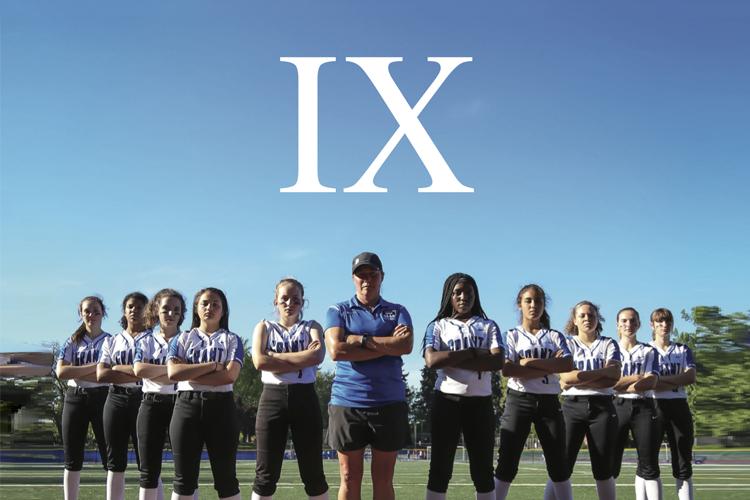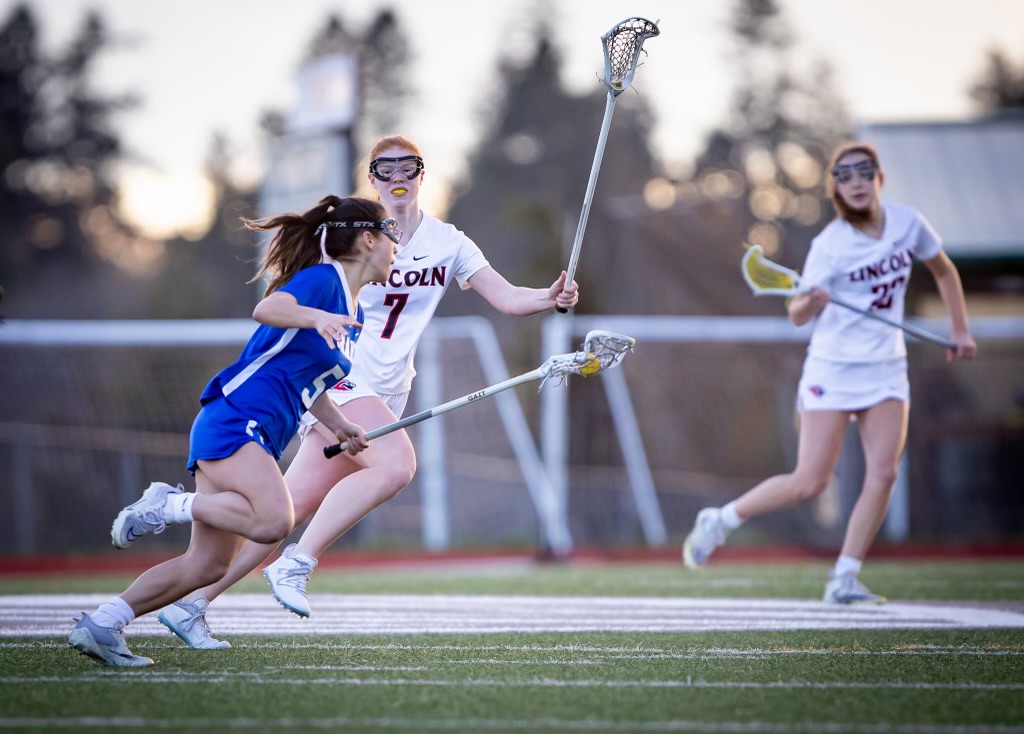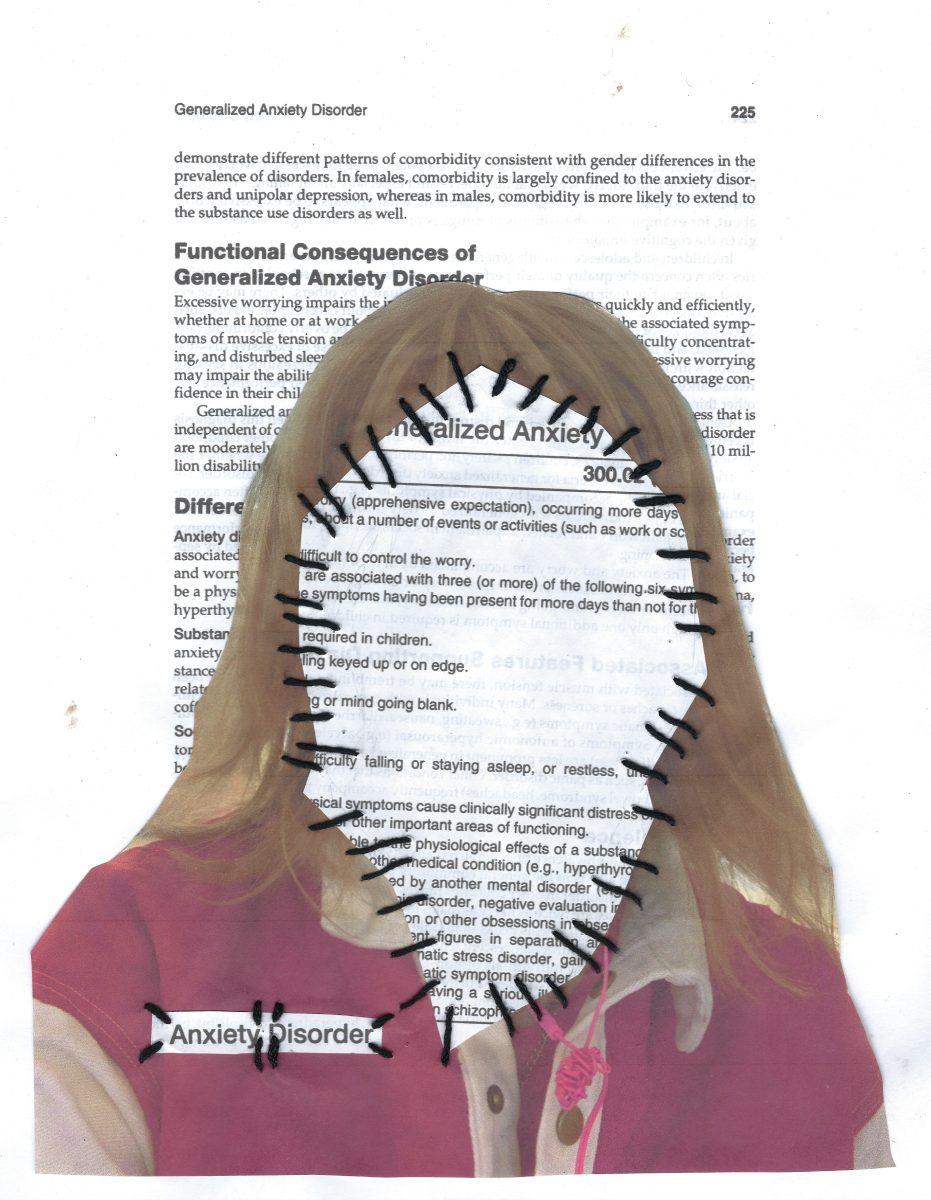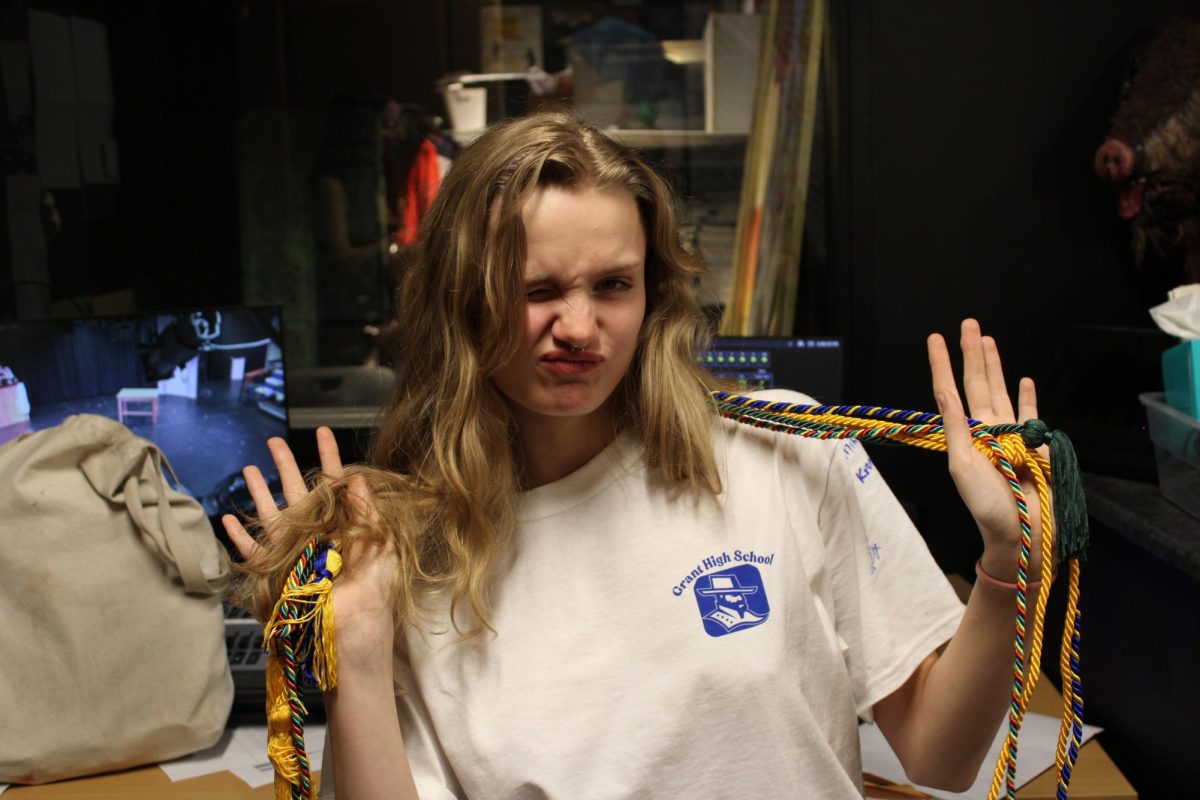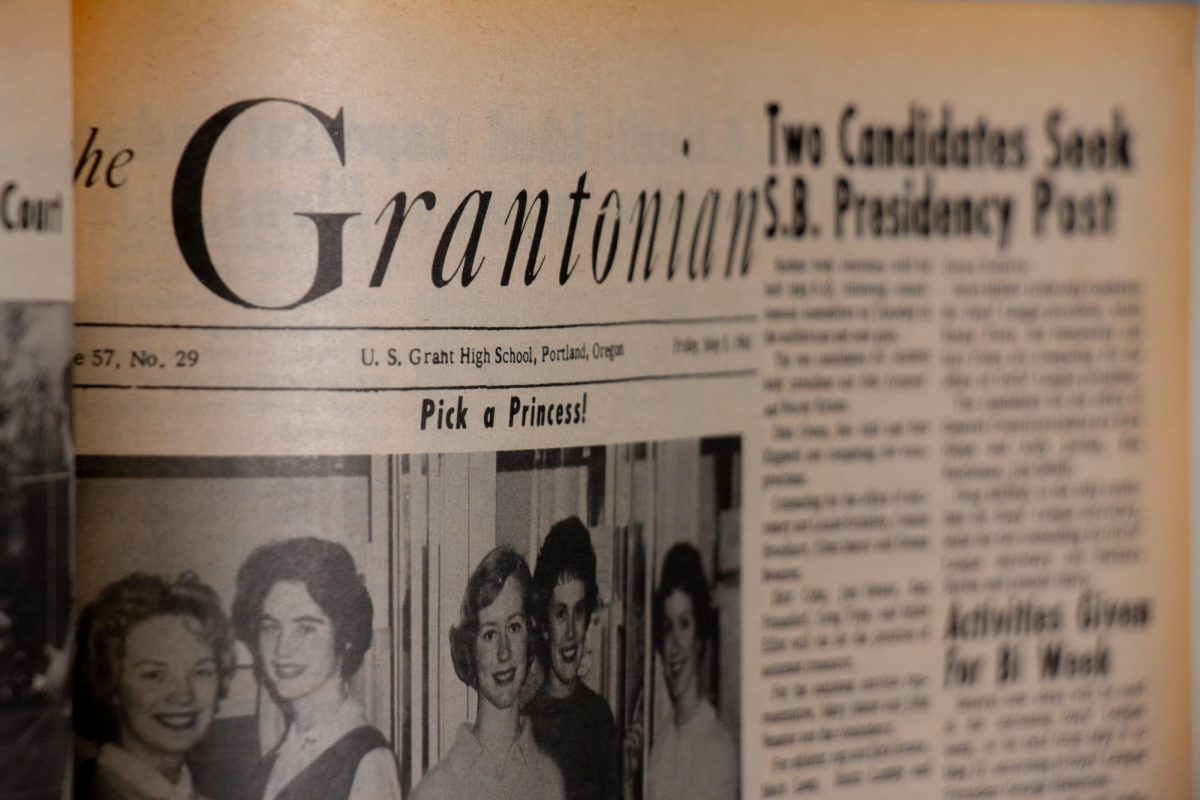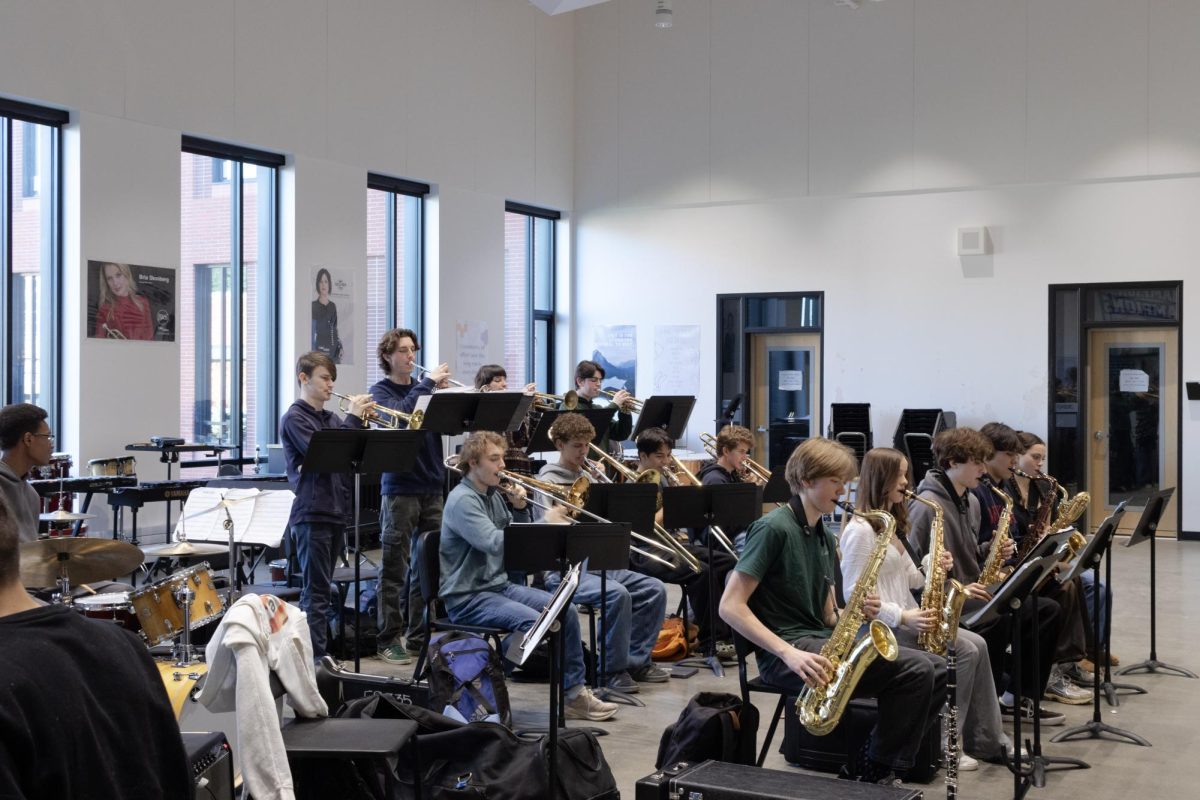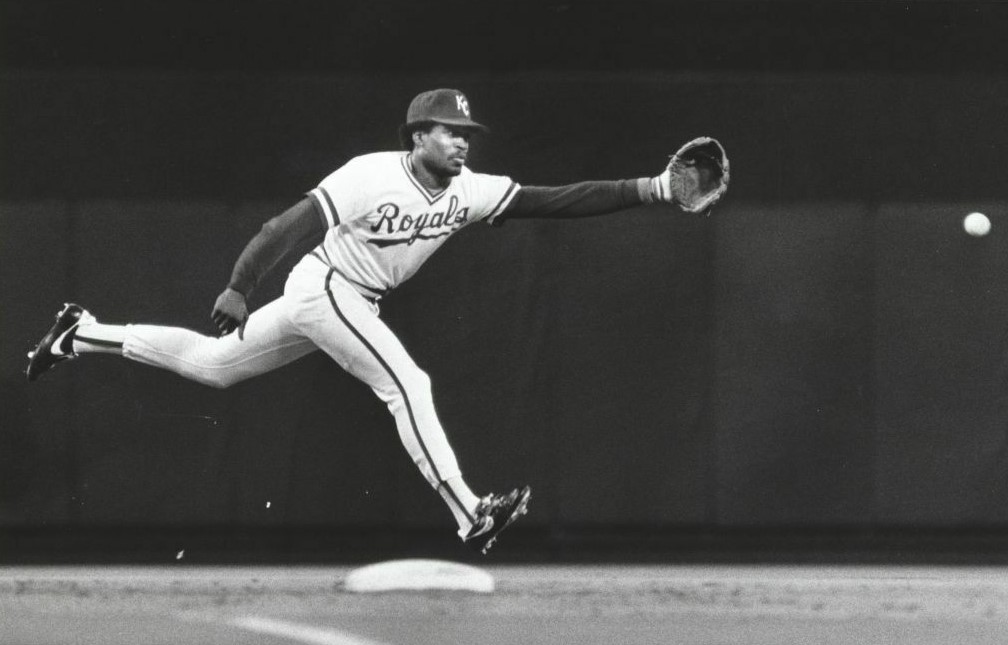Defining women’s sports has been a hot topic in recent years. From high school to the Olympic level it has become increasingly difficult to figure out which athletes deserve a place in gendered leagues. With justifications from impeding feminism to advantageous biology, transgender athletes have often found themselves caught in the crossfire, not being accepted to compete as their preferred gender nor feeling comfortable competing as their assigned sex.
According to the policy of the Oregon School Activities Association (OSAA), athletes are permitted to compete in the league that is consistent with their gender identity. Yet the conflict remains: The track and field state championships this past May became another stage for the debate over the place of transgender athletes in gendered sports leagues.
As she stepped up to the fifth-place podium for high jump on May 31, one competitor was met with anything but congratulation. Many of her co-competitors stepped down from their places on the podium beside her in protest, believing that by allowing a transgender athlete to compete alongside women, they would be impeding the efforts which women have made throughout history for an equal place in sports.
Among the student-athletes surrounding the transgender athlete was Grant High School sophomore Carly Jendritza. She tied for fifth place with the athlete. Despite being urged by other students, she refused to step down from the podium.
“Right when I heard that they were stepping down, I felt a lot of pressure because most of the people on the podium, except for me and the girl in first place, were supposed to step down,” says Jendritza. The athlete she tied with had beaten her at the PIL district competitions, but she didn’t think any differently of her, and wasn’t going to partake in a protest with which she did not agree. “I think that every athlete deserves a chance to compete,” Jendritza says. While she understands that allowing transgender women to compete in women’s track events can be troubling for some, it’s never been a big deal for her. To Jendritza, track meets should be structured “off both biological realities but also human rights and respect.”
Previous feminist movements have been sparked by debates similar to this one. While they’ve varied throughout history in certain aspects, they generally can be united in their effort to promote women’s mobility and empower women to strive further. From twentieth-century fights for suffrage in the US to the ‘90s riot grrrl movement to the lessons of Malala Yousafzai and forward, this message has been spread by multitudes of women from across the world, for all women across the world. And among those fighting women have been transgender women. Women like Marsha P. Johnson, who took an intersectional approach to fighting for liberation; women like Christine Jorgensen, whose activism sparked an international movement challenging concepts of sex and gender; women like Andrea Jenkins, who tackled various issues of the twenty-first century during her time on the Minneapolis City Council — women who were born in different-looking bodies, but fought just as hard for all of our enlightenment. Yet, they have been excluded time and time again from these feminist spheres.
In the last decades, this ostracization has seeped into sports. Children have become central targets of this argument — an argument which I find shocking.
Sports are an important piece of building healthy lives for anyone. When we take this opportunity away from a select group of children, we’re impeding both their physical and social development. Yet it seems that even in spaces where students are allowed to compete in the league which corresponds to their gender, we’re limiting them. When they do succeed, something which any person involved in sports should be entitled to aspire to, we shame and isolate them, berating them for stealing the opportunities of girls. What difference does it make to allow transgender children to compete in their preferred sports league if we’re not allowing them to try their best, limiting them to perpetual mediocrity?
In this commotion which seems to be somewhat of a taboo to talk about in person, I find a nice alternative to be learning from and hearing others’ perspectives online. Instagram Reels, video essays on YouTube and podcasts have presented me with brief snippet lessons of people’s own lived experiences with the subject that have been fundamental in building my own belief system. As a cisgender woman, I can’t directly speak to the experiences of my transgender peers. But as a woman — and feminist — in sports, I believe that it’s my responsibility to point out the faults and unintended implications that I see in the way we approach these social conversations.
It is a fact that we as women would not enjoy the liberties we have today, in terms of sports or feminism, without the relentless efforts of transgender women throughout history. It’s time that we allow them a place in — and just as enthusiastically support their success in — the haven they have striven so ardently to build.






